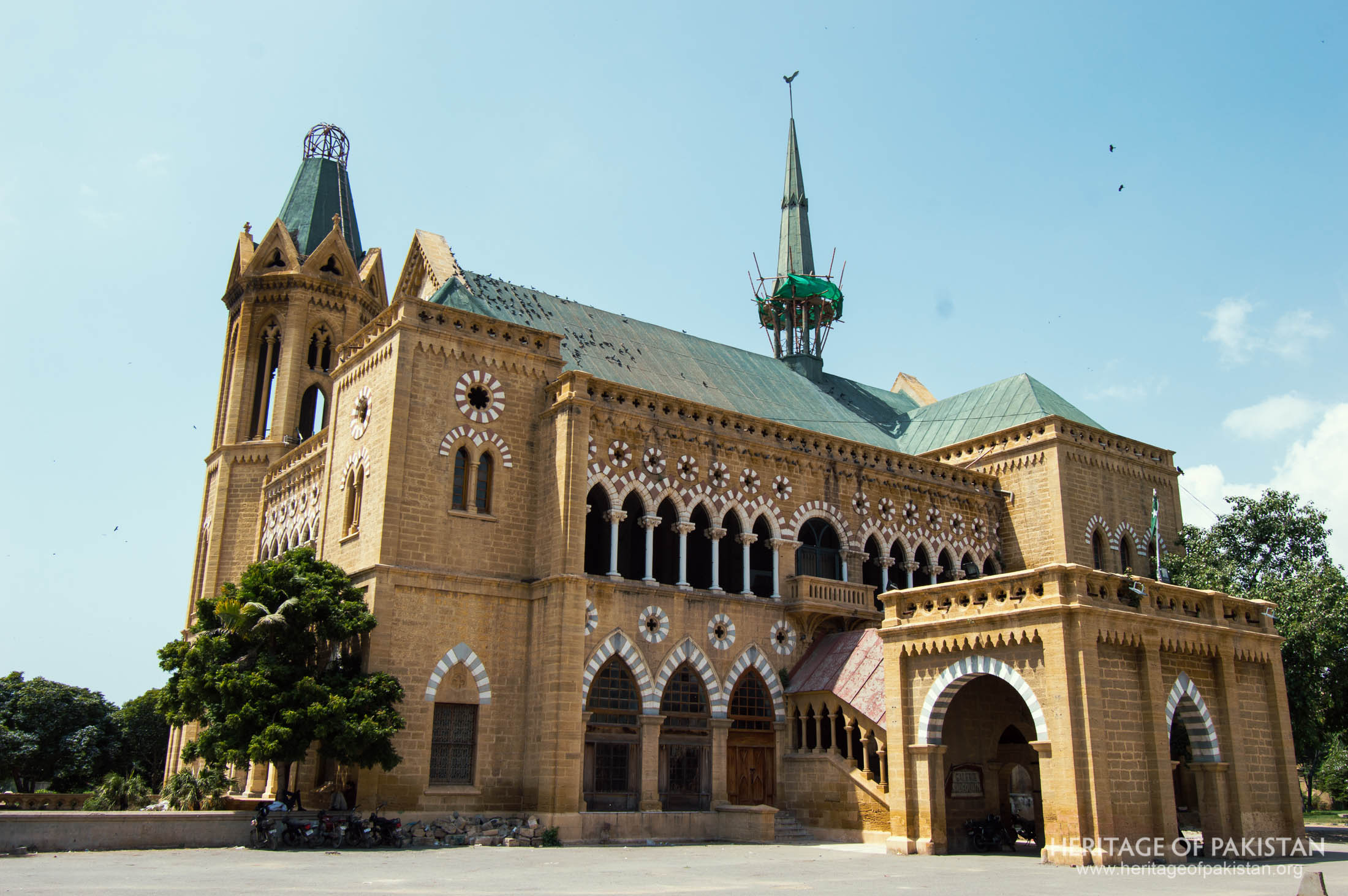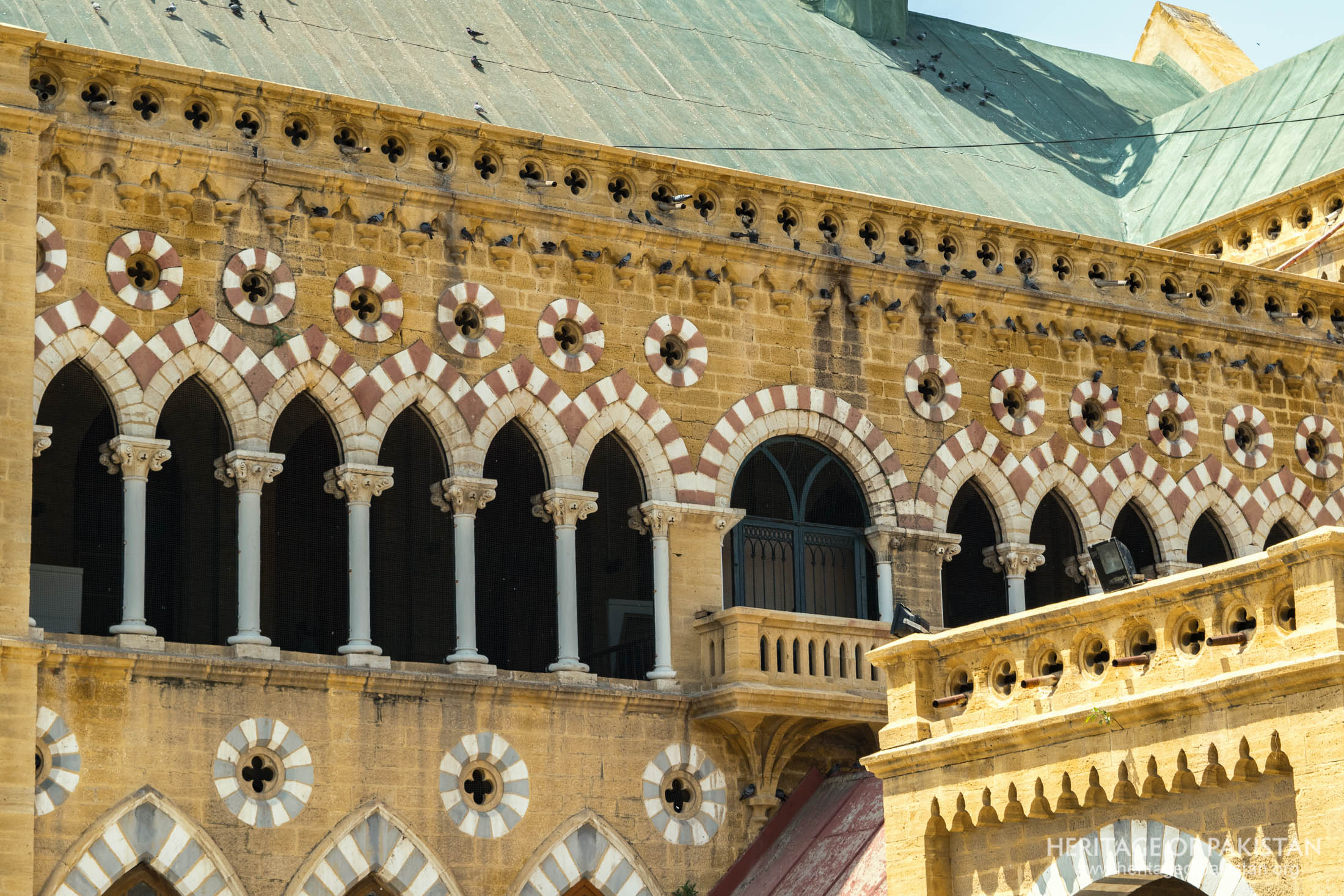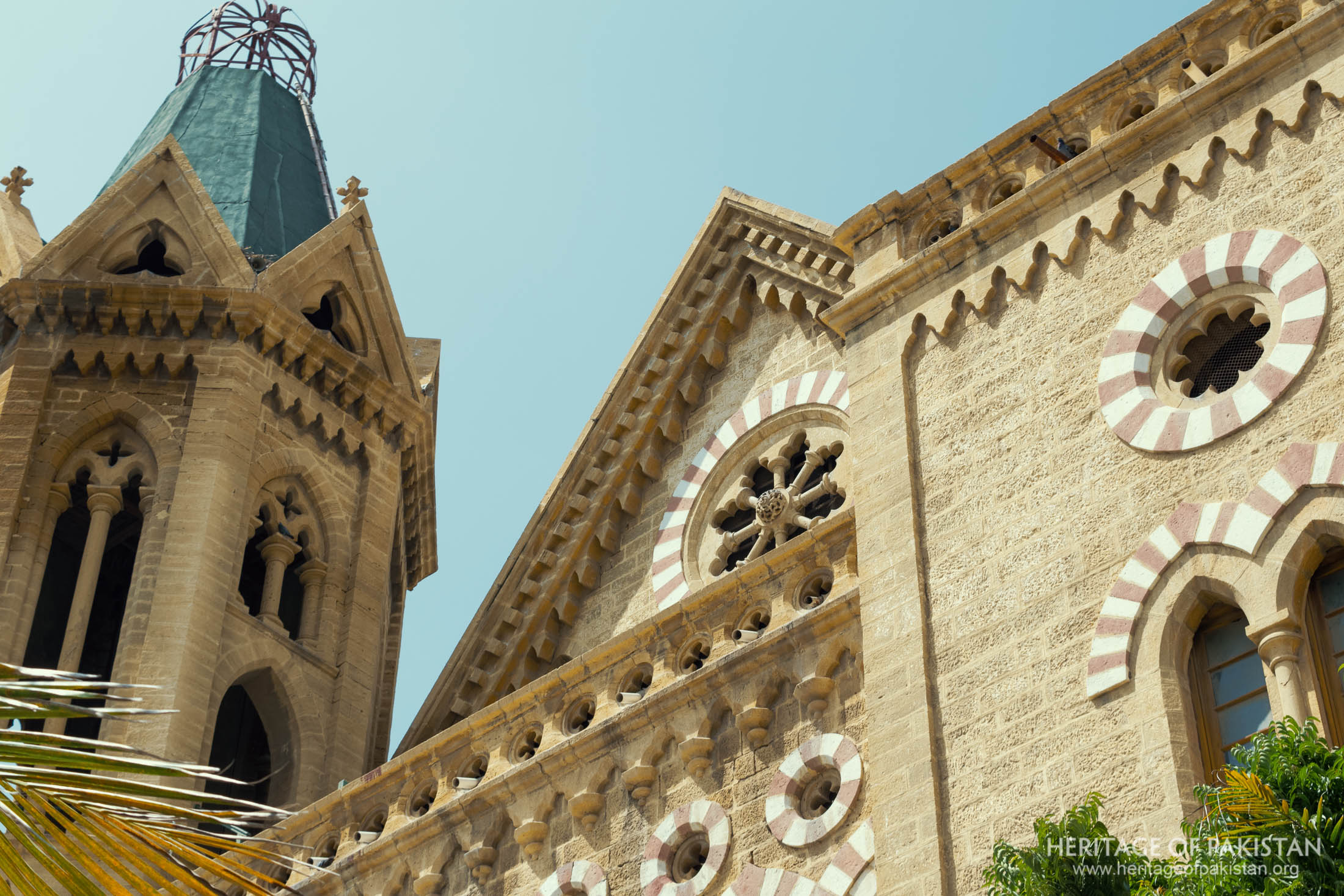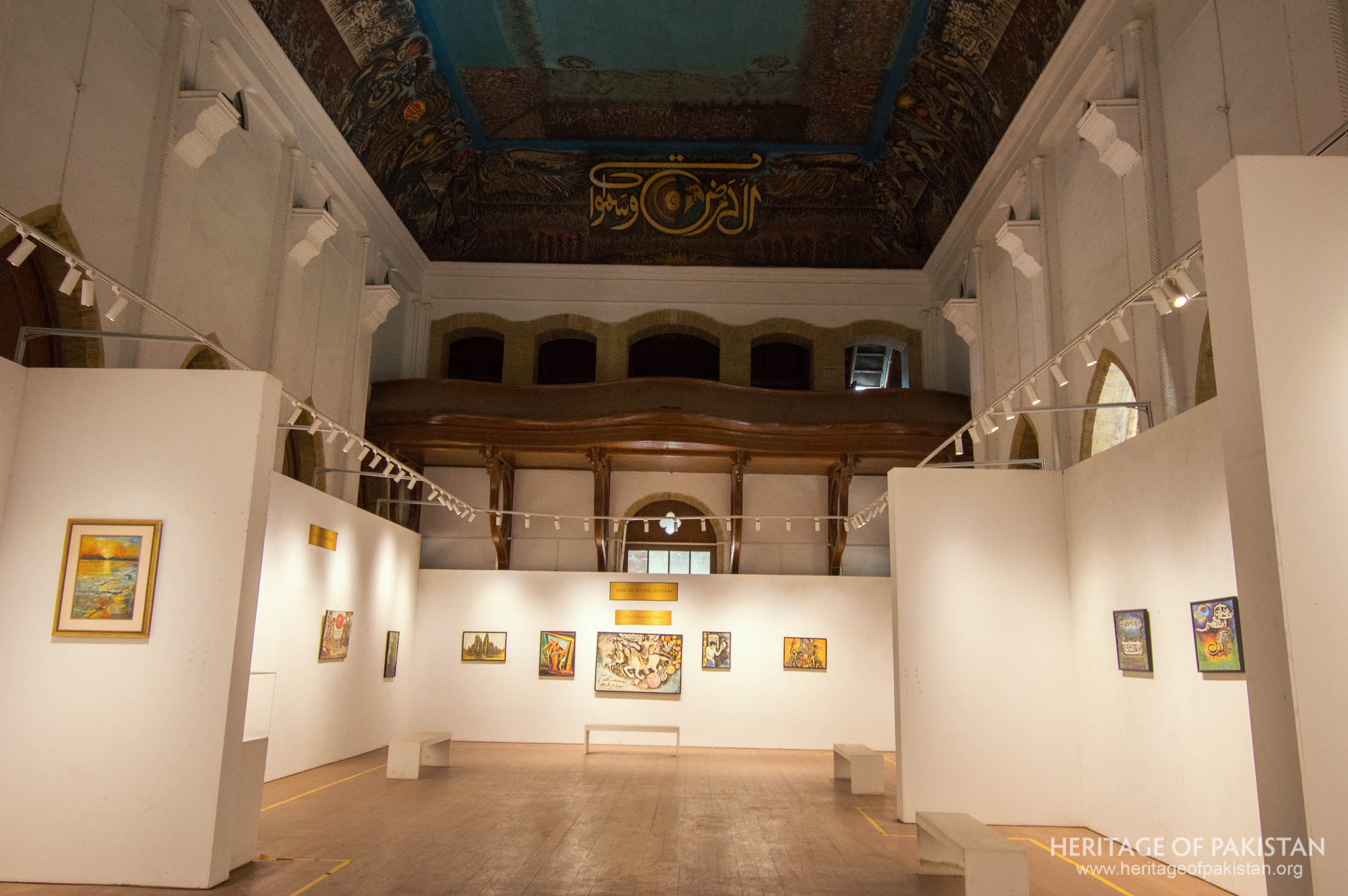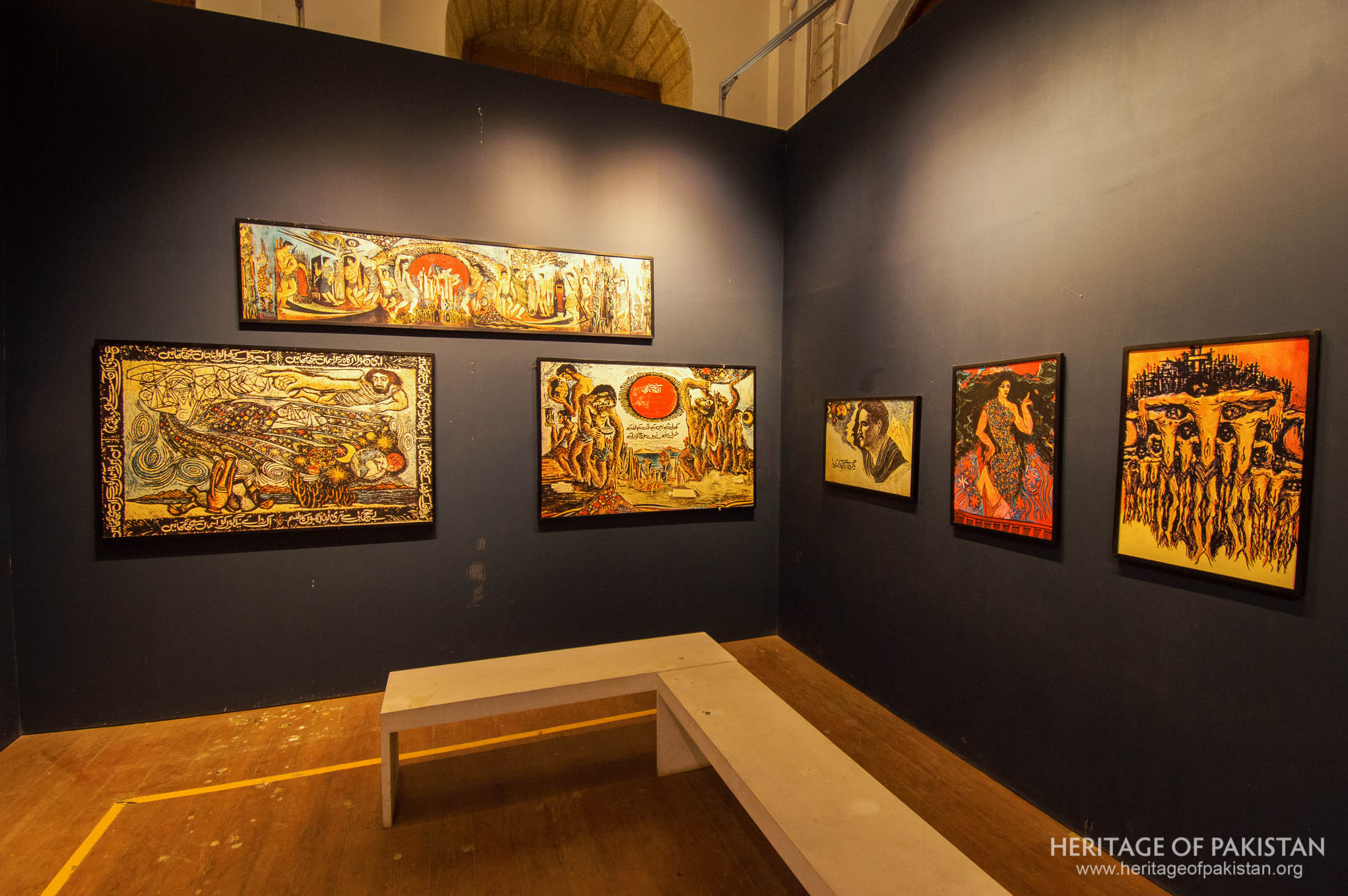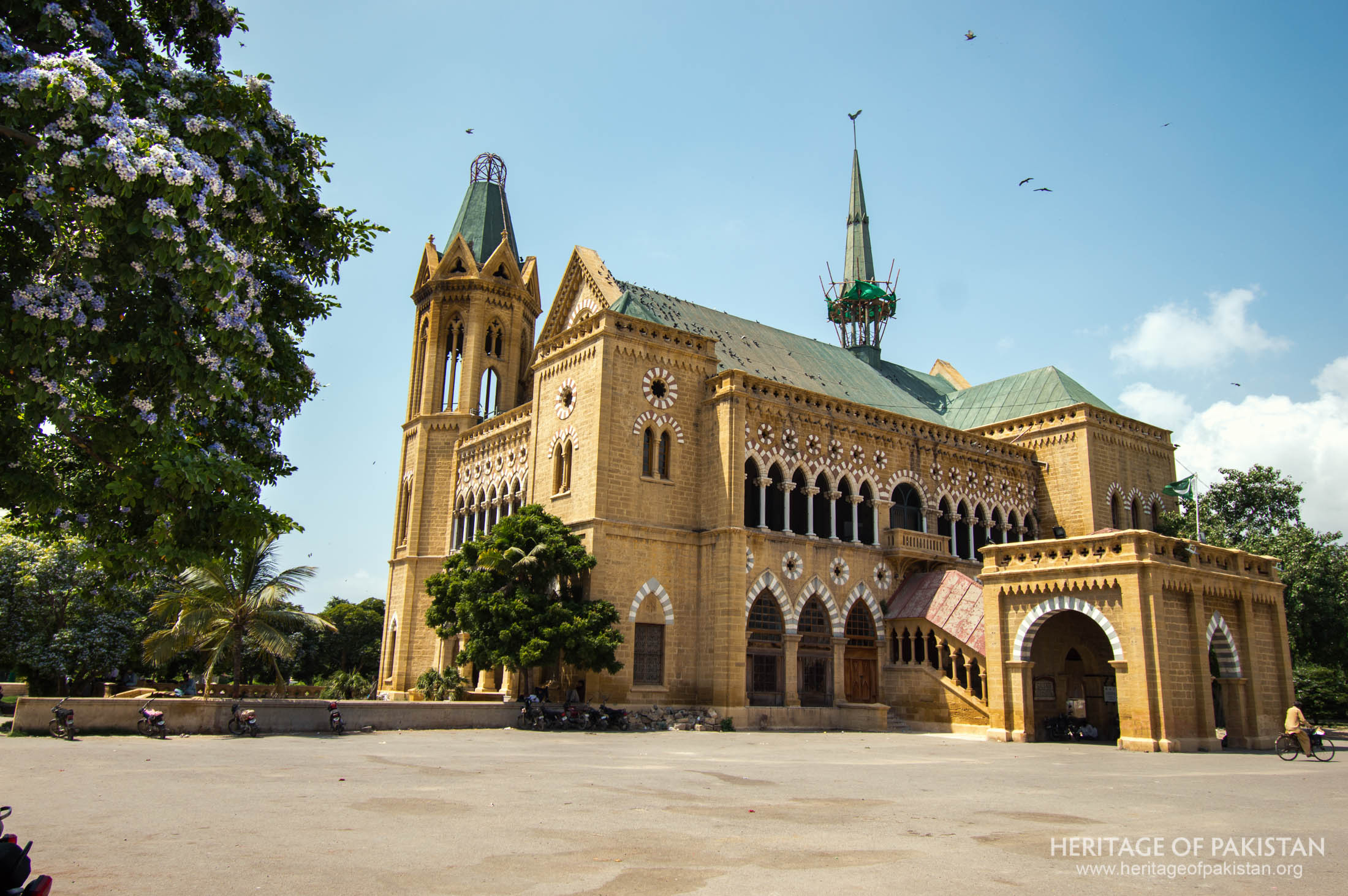Textarea
Frere Hall is an iconic British colonial-era building in the Civil Lines area of Karachi constructed in 1865 during the British Rule in Sub Subcontinent.
It was initially intended as a town hall during Colonial Karachi, however it now serves as an exhibition hall, library, and multipurpose space Located in the Civil Lines area of Karachi
Constructed between 1863 and 1865, Frere Hall was the largest building in Sindh at the time. It holds the distinction of being the first structure in Sindh region built in the Indo-Gothic style, a hallmark of British colonial architecture.
The hall was named in honor of Sir Henry Bartle Edward Frere, a British colonial administrator known for his efforts in promoting economic development and making the Sindhi language the official language of the region
Frere Hall's design embodies the Indo-Gothic architectural style, characterized by pointed arches, vaulted ceilings, and intricate stone carvings.
One of the most notable features of Frere Hall is the Sadequain Gallery. Sadequain's contribution to Frere Hall is immortalized in the mural "Arz-o-Samawat," which adorns the ceiling
Other Works from Sadequain are also displayed in the Gallery
The building's architecture and the surrounding gardens reflect the historical context of British colonial rule while also serving as a hub for cultural activities and public gatherings.
Efforts to preserve and maintain Frere Hall and its surrounding gardens are crucial for safeguarding Karachi's cultural heritage.
Frere Hall is more than just a historical building; it is a symbol of Karachi's rich cultural and architectural heritage

